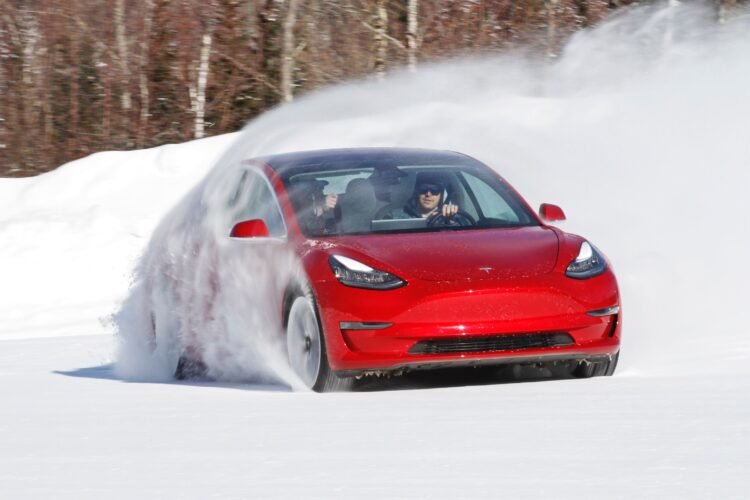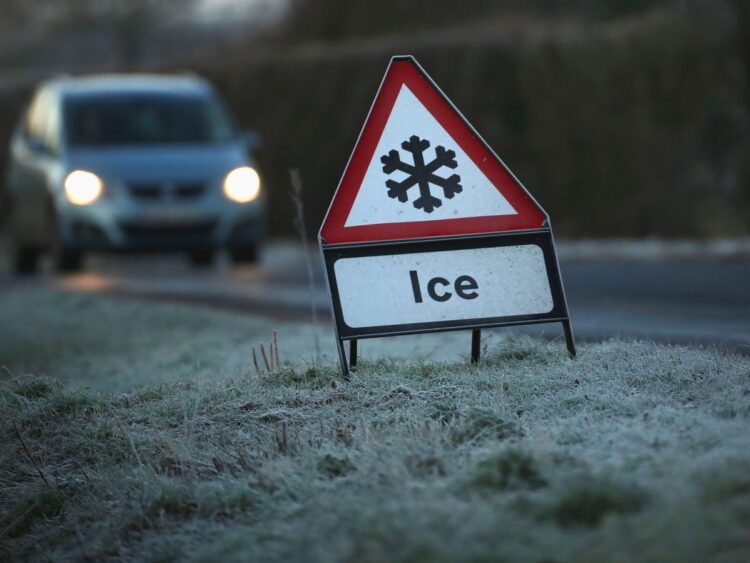Driving in bad winter weather is scary and dangerous. Often, the roads are slick and it’s hard to see where you’re going.
This is why over 1,000 people are killed every year on slushy, icy, or snowy roads.
But sometimes you can’t avoid driving in winter weather. Maybe you have to get to work, travel to visit family for the holidays, or just get from point A to point B.
When driving is unavoidable, there are things you can do to prevent getting hurt or killed in a car accident.
In this article, we’ll go over some safety tips for you to do just that, but if you ever do get in a car wreck, be sure to consult an experienced auto accident attorney like Berman & Russo. They’ll help you file your insurance claim and resolve any legal disputes.
So without further ado, here are 10 safety tips for driving in the winter:
1. Plan your route
Don’t drive without a plan. You should know exactly where you’re going and how to get there. If you don’t, you risk getting lost and taking unnecessary detours, which could get you into serious trouble if the weather is bad.
Always check the weather forecast. If the weather looks especially bad or a winter storm is coming, it might be best to stay home and postpone your drive for later. After all, it’s better to be safe than sorry.
2. Check under the hood

Look under the hood of your car to make sure everything is in good order. Car batteries tend to lose power in low temperatures, so be sure to check them. Also check your car’s oil level. If it’s time for an oil change, get one.
The same goes for the car engine. If your engine light is on, take your car to a mechanic or at least connect a code reader to see what it says. That way, you know how serious the issue is and what kind of maintenance the engine needs.
3. Check your tires
Having good tires in the winter months is crucial. The roads are slick and you want to have as much traction as possible. To this end, you should get snow tires (aka winter tires), which have larger gaps in their tread to increase traction on snow and ice.
Also, check that the tread on your tires isn’t balding. If it is, replace your tires as soon as possible.
Lastly, fill your tires to the recommended pressure level, which you can find in the car’s owner’s manual or on a label located on the side of the driver’s door.
4. Use winter windshield wiper fluid
Regular windshield wiper fluid will freeze if it gets too cold. So you want to replace it with winter windshield wiper fluid that contains de-icer. It can clean your windshield even if the temperature dips to -40° F.
Make sure you have plenty on hand, too. Keep an extra gallon in your car trunk just in case you run out. If you’re out of wiper fluid and your windshield frosts over, you won’t be able to see to drive.
5. Keep your gas tank full

On a similar note, you should keep your gas tank full. This lowers the risk of you running out of gas in a bad snow storm or traffic jam. A good rule of thumb is to always have your gas tank at least half full. That way, you have enough gas to get home if needed.
6. Stock your vehicle
Stock your vehicle with plenty of emergency and maintenance supplies. These include an ice scraper and broom, jumper cables, extra car oil, a flashlight, flare sticks, blankets, a hazard sign, bottled water, non-perishable food, a first aid kit, medicine, your cell phone and charger, warm clothing like coats and gloves, and more.
You never know when you’ll get stuck in a bad snow storm for an extended amount of time, so it’s important to be prepared.
7. Slow down
When it comes to actually driving, the number one safety rule is to slow down. Icy and snowy roads are slick and give your car less traction, so it’s important to drive cautiously. The faster you go, the more chance there is that your car will slide or skid.
Also, keep plenty of space between you and the car ahead. You’ll need extra room to brake if they stop.
Lastly, don’t rush. The holiday season can be hectic, and many rush to get off work, go shopping, or visit family. But this isn’t an excuse to drive faster. Driving too fast in ice or snow is a recipe for disaster.
8. Watch for black ice

Black ice (aka clear ice) is a thin coating of ice on a road’s surface that is hard to see. It gets its name for blending in with the black color of the concrete. Sometimes black ice makes the pavement look like it’s wet when it’s actually covered in ice.
The cold temperatures in winter mean you’ll be much more at risk of running into black ice. So stay alert and drive cautiously even if the roads don’t look bad.
9. Don’t stop on hills
Driving up inclines takes more traction than normal since your car is working against gravity. If you come to a hill while driving, be sure to get enough momentum so you don’t get stuck. Any snow or ice will make it extremely hard, if not impossible, to start moving from a standstill.
If you do get stuck on a hill, try clearing the snow from the front of your tires or laying something down in front of your tires so their tread has something to grab.
10. Don’t use cruise control
Finally, don’t use cruise control. You never know if road conditions will change, and if you’re on cruise control, you’ll need more time to react. It’s better to have your foot ready to slow down gradually than to trust in a constant speed. You want your reaction time to be as fast as possible.
Driving is inherently dangerous, so there’s no guarantee that you can always avoid a car crash. But following these tips will dramatically reduce your risk of getting into one. So start driving more safely today!












